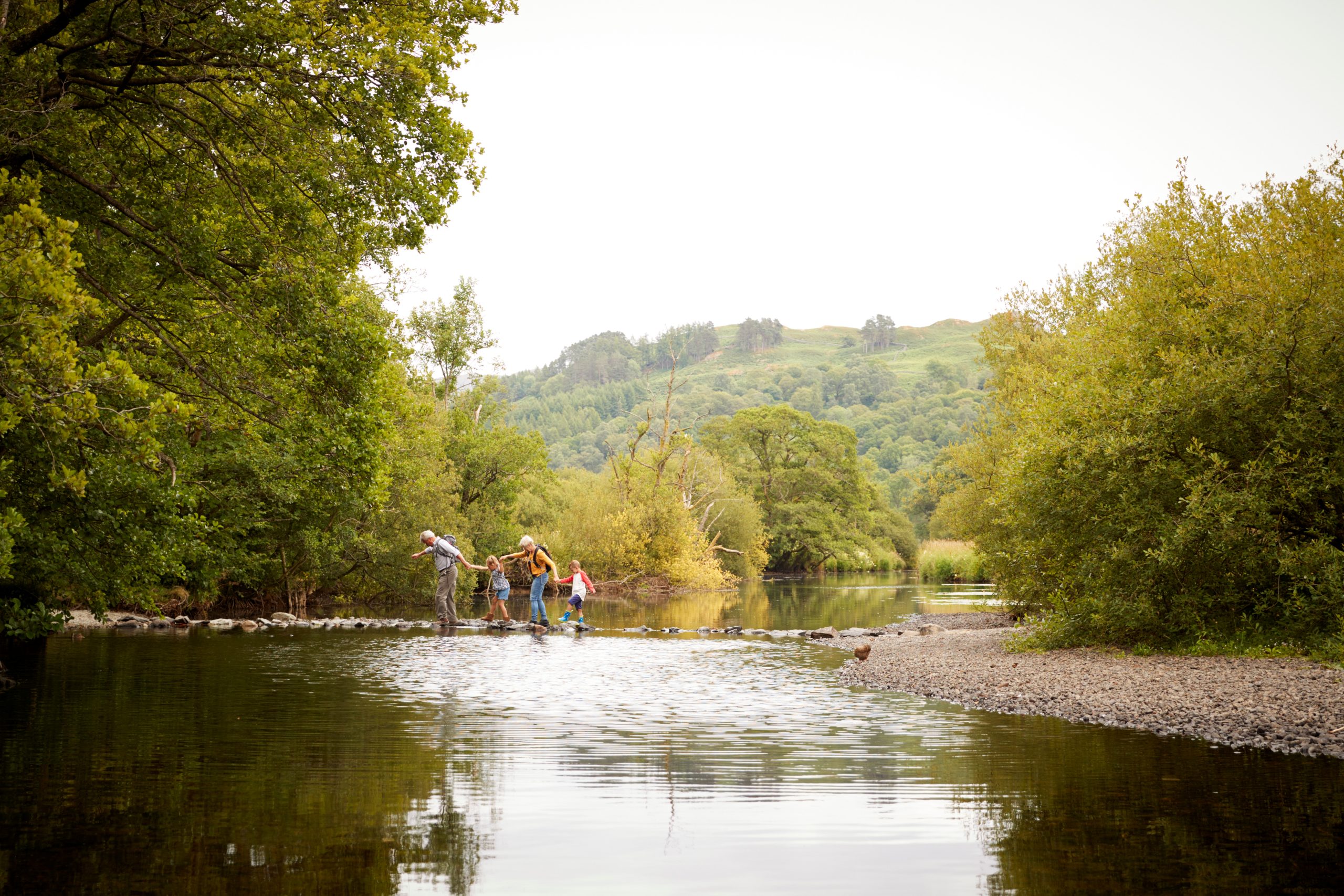How Does Cloud9 Deliver Microsoft Dynamics Projects Successfully?5 min read
What is Cloud9's approach to delivering Dynamics products?

Do you want your Dynamics products to be personalised for your business? Cloud9 was awarded CRN Cloud Partner of the Year for its strong, collaborative approach. Cloud9's focus when delivering Dynamics products is on collaboration with the client, to align the solution to your unique business processes and reporting needs. Ultimately, both Cloud9 and the client are collectively responsible for the final solution, and so we ensure that our delivery process is built around a collaborative process towards a shared goal. We use this opportunity to guide clients on getting the most out of their application. This means, rather than simply installing an application or re-engineering an application to fit their business, we encourage clients to take the opportunity to change and improve processes so that they can maximise the potential of the applications, such as by streamlining processes between different business functions to ensure optimum customer experience.
What are the stages of delivering a project with Cloud9?

Before the project begins, our consultants and project managers meet with the client. This allows us to give advice and guidance so that the client can start the process with clarity and confidence, in relation to scope, timeline, and responsibilities.
Requirements Gathering
The first stage of the delivery process is called requirements gathering. This is where Cloud9 supports the client in undertaking a detailed discovery exercise, allowing us to gather an in-depth understanding of the project scope, priorities, and related budget. We answer questions such as, 'What is the phase one scope, and further roadmap ambitions, for this project?' 'What is the functionality that this platform must deliver for it to be successful?'. Requirements gathering as an exercise can take from one to three weeks, depending on the size of the project. From this exercise comes a detailed and functional set of requirements for the project, which will lead to its success. Following the write-up of the requirements for the project, we undertake a joint review to ensure the write-up fully meets the scope and budget needs and expectations of the client.
Project Preparation
Once the client decides to go ahead with the delivery, we then move into the project preparation stage. With the majority of projects, our first step in this stage is to reconfirm some design elements and the data model needed. We use this stage to understand more detailed modelling and to prepare a co-authored project plan. The goal of this stage is to have the client happy with a method of delivery and a timetable for that delivery.
Formal Build
After the scope of the project has been refined, this is when our build will begin. The build is typically done in one, two, or three cycles, each with a duration of two to three weeks. We separate the build into these blocks of time so that we can conduct check-ins during each cycle. These check-ins allow us to answer any new questions the client may have, they allow the client to see the physical development of the product, and they allow us to implement any early look and feel changes, which can help to reduce the amount of subsequent user testing.
Testing and User Acceptance Testing
Once the build cycle is complete, we move into a period of system testing. In this stage, we test the platform to ensure that it works according to the functional requirements we had agreed to with the client. Following this is a period of formal user testing, where a small representative group of people from the business is trained on how to use the platform so they can test the application. During this stage, some revision work can occur. If identified there is room to undertake change requests for the client, such as bringing in new functionality that the client identifies as being critical for launch.
Go-Live and Post Project Support
The final stage of the delivery process is the go-live stage. In preparation for go-live, we and the client work through a pre-agreed plan of activities to prepare the platform, and for the business to prepare to use the platform. These activities include the migration or import of existing data, training for the client's technical resources, and training for the client's end users. After these activities have been completed, the project is ready to go live. The go-live stage includes a handover to our client success team. In some businesses, the project team is still involved with the project after go-live, and this is called hyper-care. However, typically, go-live involves a transition process to the full adoption and operation of the platform.
Optimisation Reviews
A few months after completion, we revisit the project with the client and perform an optimisation review. At this point, the client has had a period of operating the platform and so we check in to see if the client has any new enhancement requests or anything else they would like to implement.
What makes Cloud9 different?

Cloud9 is flexible in how we work with clients. In the SMB market, clients have unique business processes and needs, and so we tailor our design approach such that it meets the requirements of the individual client. We have a highly consultative approach, which is beneficial because it means that our delivery methodology is bespoke for each client.
Cloud9 also uses an agile approach when building onto an existing platform. We break up the work and changes into smaller pieces. This is especially useful in businesses where the client knows that trying to launch a long-term project is very difficult because of the other volumes of change that are occurring within the business.
Cloud9 has adopted AI into the power platform and so now we conduct AI builds with AI design. AI provides increased support and speed to certain steps of our process. It improves our projects overall by supporting the project management tools we use and helping the tools to work more efficiently.
